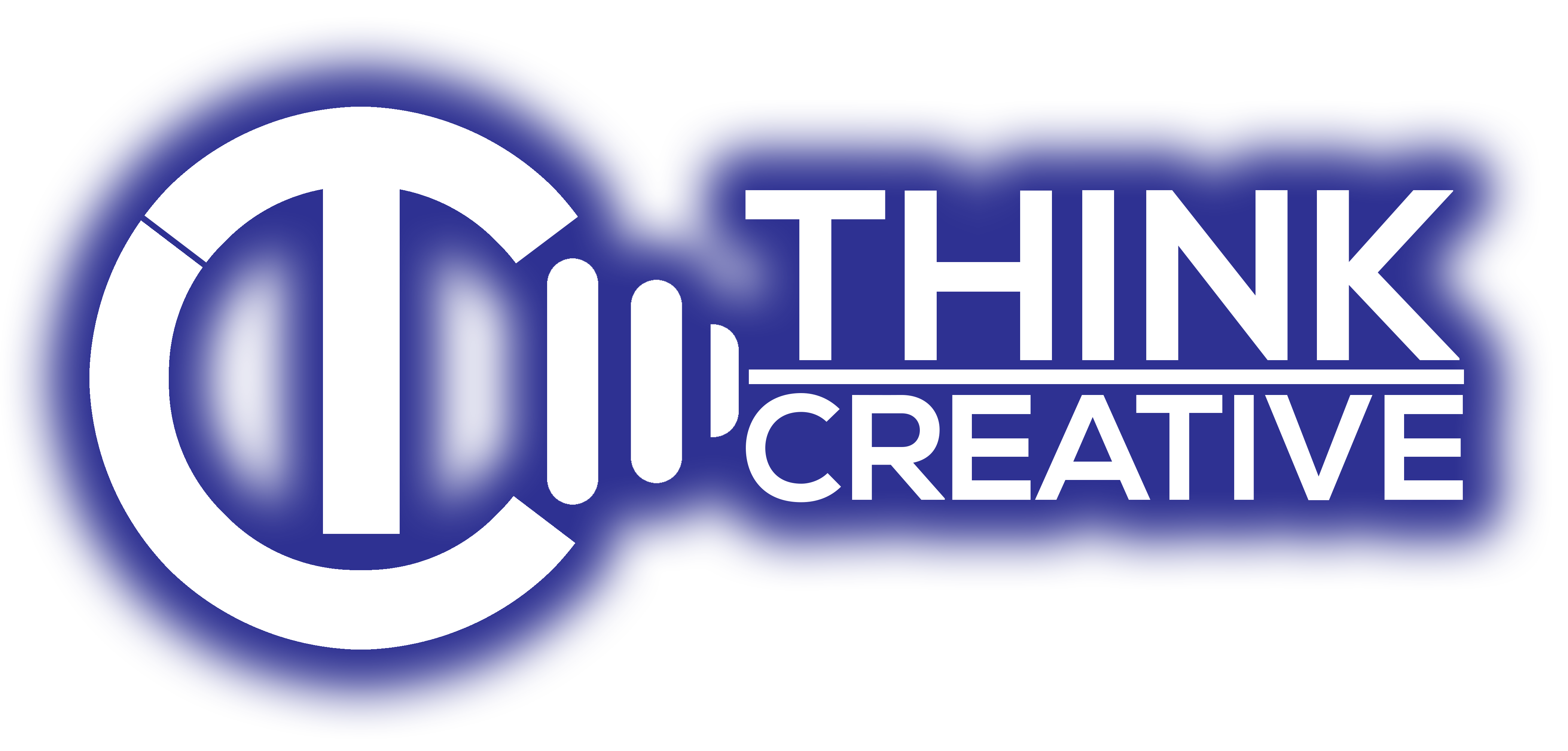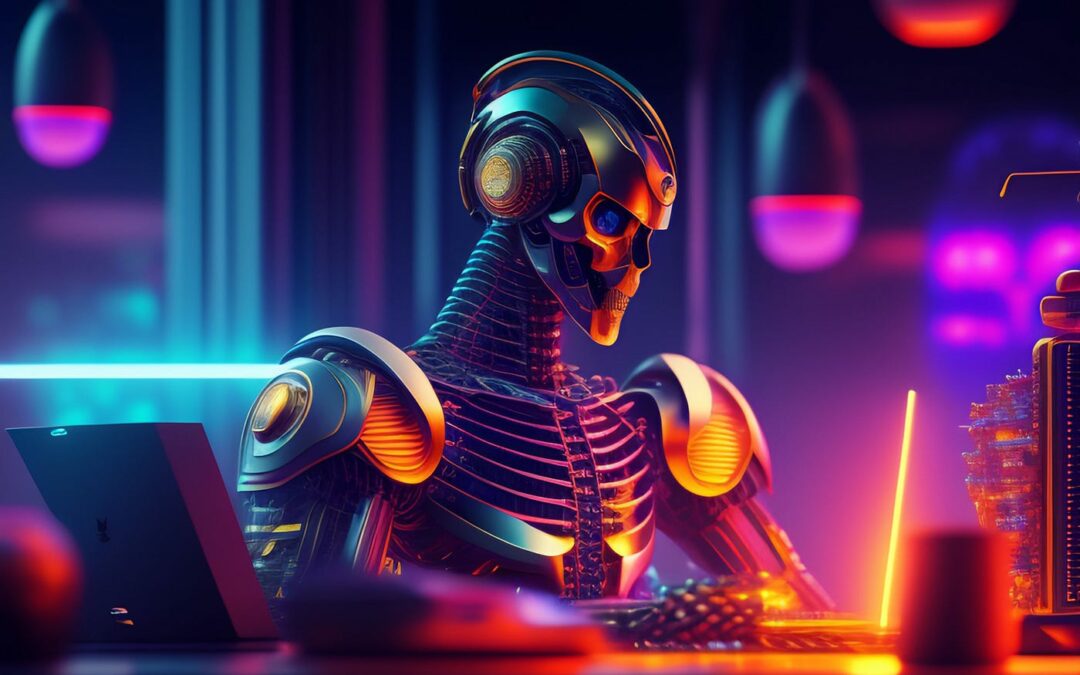The brushstrokes of a robot painter, the melody composed by an algorithm, the script written by a language model – the rise of artificial intelligence (AI) is shaking the very foundations of creative industries. But is this a dystopian nightmare where robots steal our jobs and stifle human expression, or an exciting renaissance, unlocking new avenues for creation and collaboration? The answer, like a beautiful abstract painting, is anything but black and white.
The AI Brushstrokes:
Let’s face it, AI can do some pretty impressive things. Algorithms can generate hauntingly beautiful music, craft captivating stories, and even paint landscapes that rival human artists. This raises concerns about job displacement, particularly in repetitive tasks like illustration or basic design. The fear is that machines will become cheaper and faster, leaving human artists out in the cold.
But hold on, before we declare ourselves obsolete:
Firstly, AI tools are often best seen as partners, not replacements. They can handle the grunt work, freeing up human artists to focus on the more nuanced aspects of creation, like injecting soul and meaning into their work. Imagine an AI composing the musical framework while a human artist adds the emotional flourishes.
Secondly, AI can open up new creative possibilities. Want to paint in the style of Van Gogh or write a story in the rhythm of Hemingway? AI can do that. It can explore uncharted creative territories, pushing boundaries and inspiring experimentation. Imagine a dancer collaborating with an AI choreographer to create a performance that defies physical limitations.
Beyond the Canvas:
The impact of AI extends beyond the traditional arts. Marketing campaigns, product design, and even journalism are being infused with AI’s analytical and creative power. This presents not only threats to existing jobs but also opportunities for new ones. Who will manage the AI tools? Who will interpret the data and translate it into meaningful creative expression? Who will ensure ethical and responsible use of AI in these industries?
The Human Touch:
Ultimately, the future of creativity in the age of AI lies in harnessing the best of both worlds. It’s about acknowledging the power of AI while never forgetting the irreplaceable value of the human touch. It’s about embracing collaboration, where artists and machines work together to create something truly extraordinary.
Think of it like a jazz ensemble, where each instrument adds its unique voice, improvising and responding to each other in real-time. AI can be the rhythm section, providing a solid foundation, while human artists take the lead solos, injecting their own creativity and personality.


Recent Comments